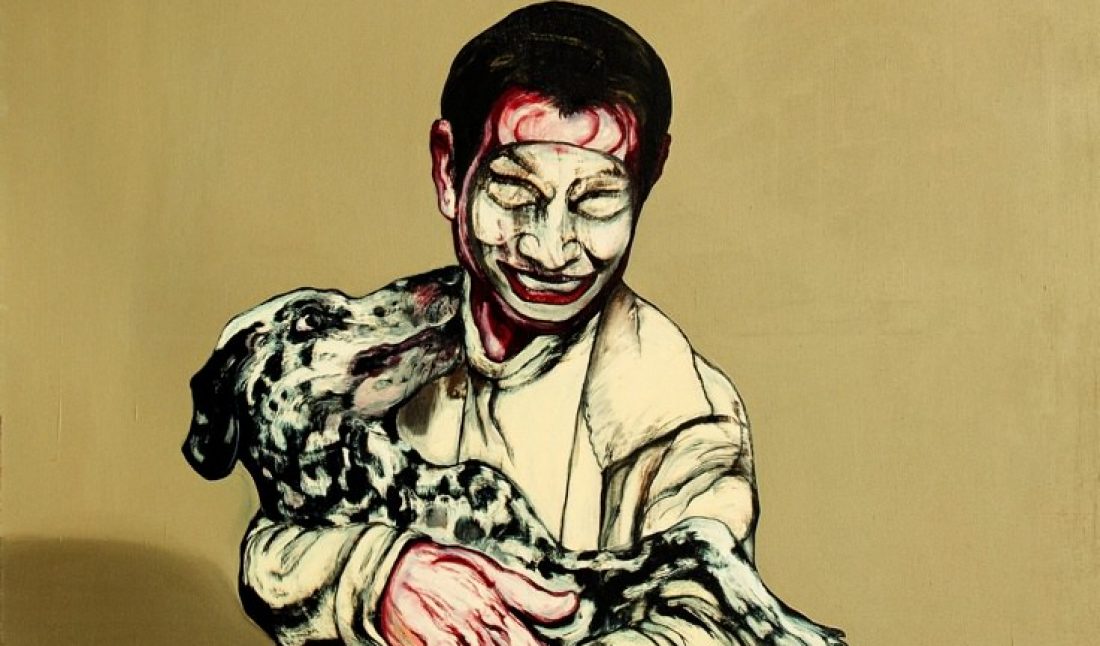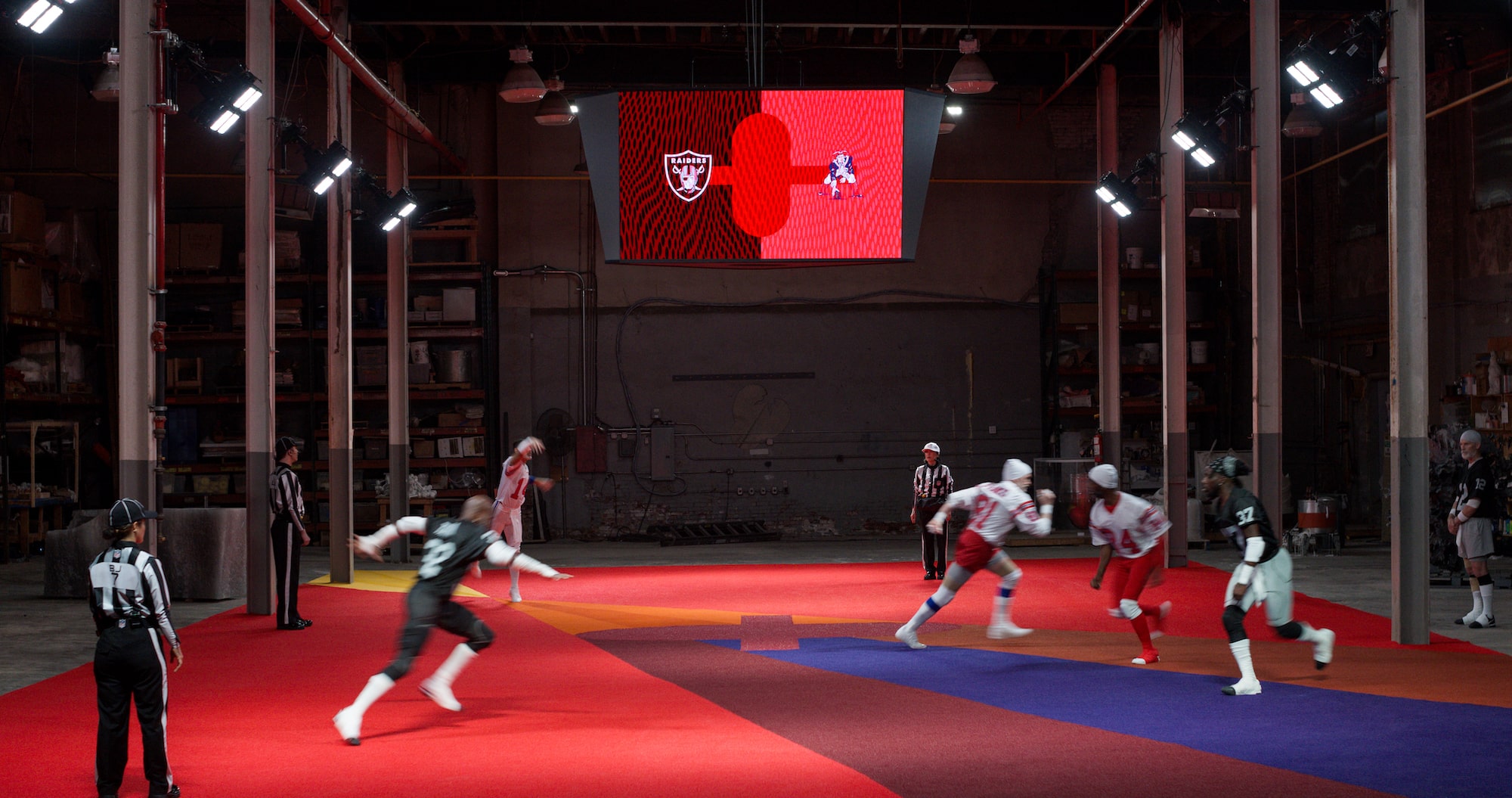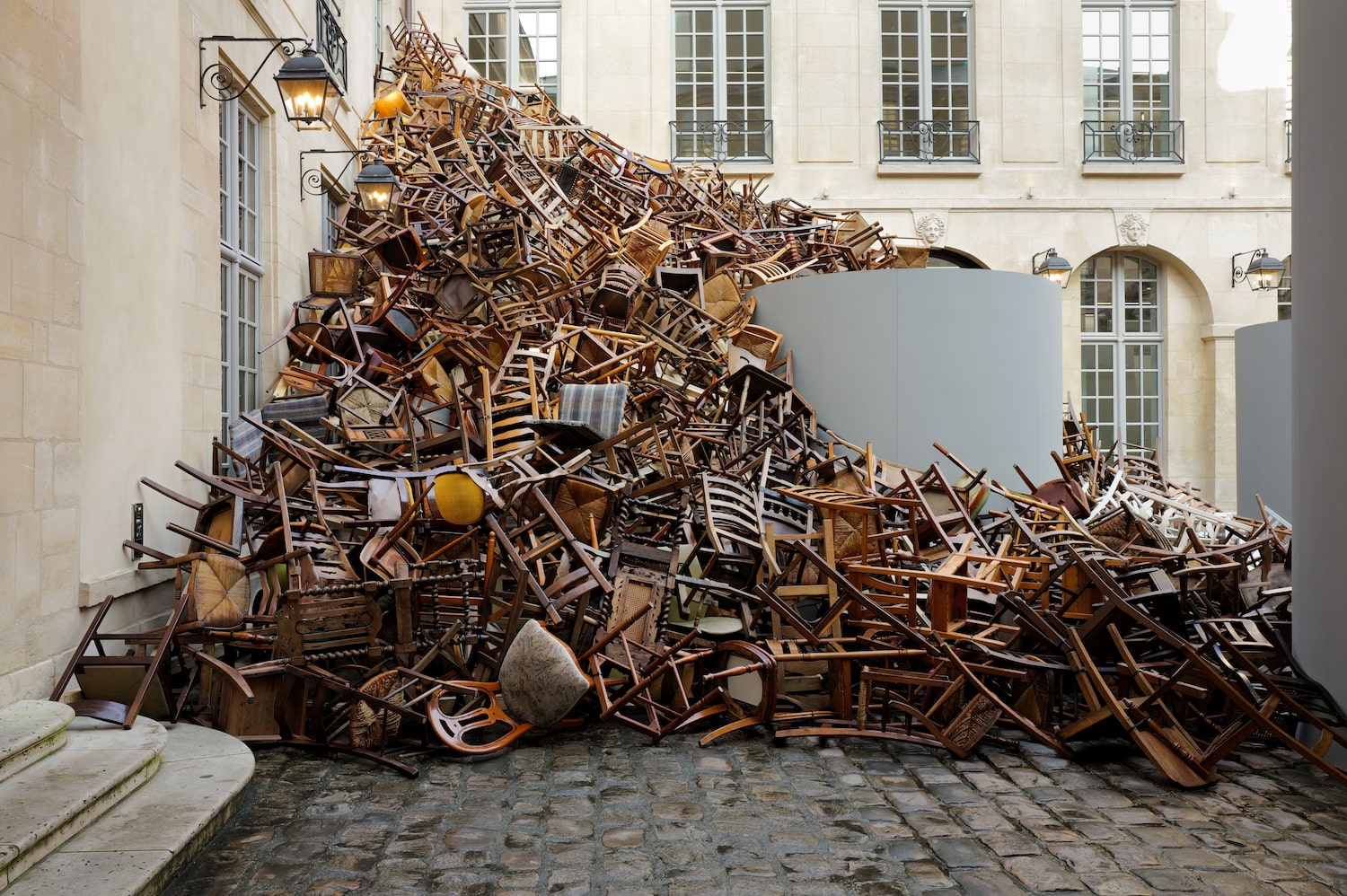The Musée d’Art Moderne de la Ville de Paris, the only serious rival to the Centre Pompidou, is hosting a deeply engrossing retrospective of the Chinese painter Zeng Fanzhi. The exhibition moves counterclockwise, giving the viewer the sensation of gradually sinking downwards into the murkier moments of 20th-century Chinese history. Fanzhi belongs to the first generation of post-‘89 artists, beginning his career in the immediate wake of Tiananmen Square.
Fanzhi’s Fly depicts two masked figures standing thigh-deep in Pop-colored Mao flowers. The figure on the right is a veiled portrait of Andy Warhol, probably the Western artist who has had the greatest impact on Chinese contemporary art since his seminal visit to Beijing in 1982. Warhol’s silkscreen portraits of Mao, created 10 years earlier when Mao was still front-page news in America, acted as the spark which ignited Chinese artists’ obsessions with depicting the Chairman from the 1980s to the present (as the exhibition shows, Fanzhi is no exception to the rule).
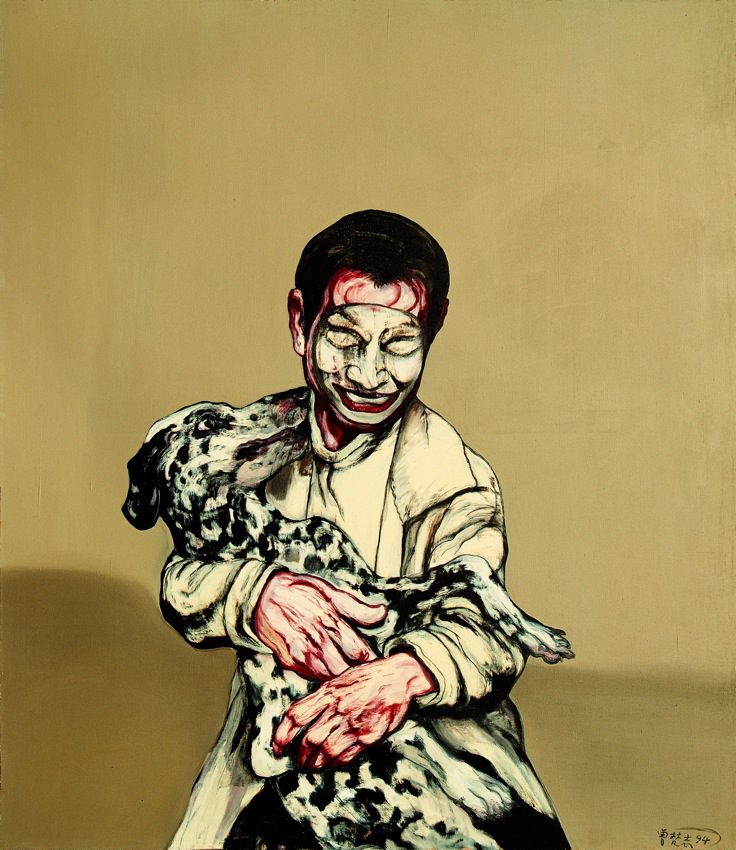 200 x 360 cm
200 x 360 cmFanzhi’s use of foreground and background qualifiers is particularly effective in Fly and other works in his “Mask” series. The colored vapor trails emitted by the airplanes in the background transfix one with ambiguity. In the excellent catalogue to the exhibition, the planes’ upward movement is interpreted as Fanzhi’s aspiration to cross the Pacific and emulate Western art.
China has an especially interesting relationship to kitsch. While kitsch in the West is often merely cloying, Chinese Gaudy art, a label coined by the eminent art critic Li Xianting who defined it as a combination of the bright colors of traditional Folk art and consumer culture, is perfectly adapted to China’s political situation. While Xianting argues that Gaudy art translates the artist’s helplessness faced with the power of consumerism, it quite clearly goes further than that. Xianting’s argument ultimately sounds like an echo of Mao’s own view of American fast food as “candy-coated bullets.” Chinese kitsch is an apposite way of subverting the regime. You might call it saccharine satire. Like Fanzhi’s smiling masks and Pop art roses and Yue Minjun’s hysterically laughing men, kitsch expresses the politico-cultural obligation in China to grin and bear it.
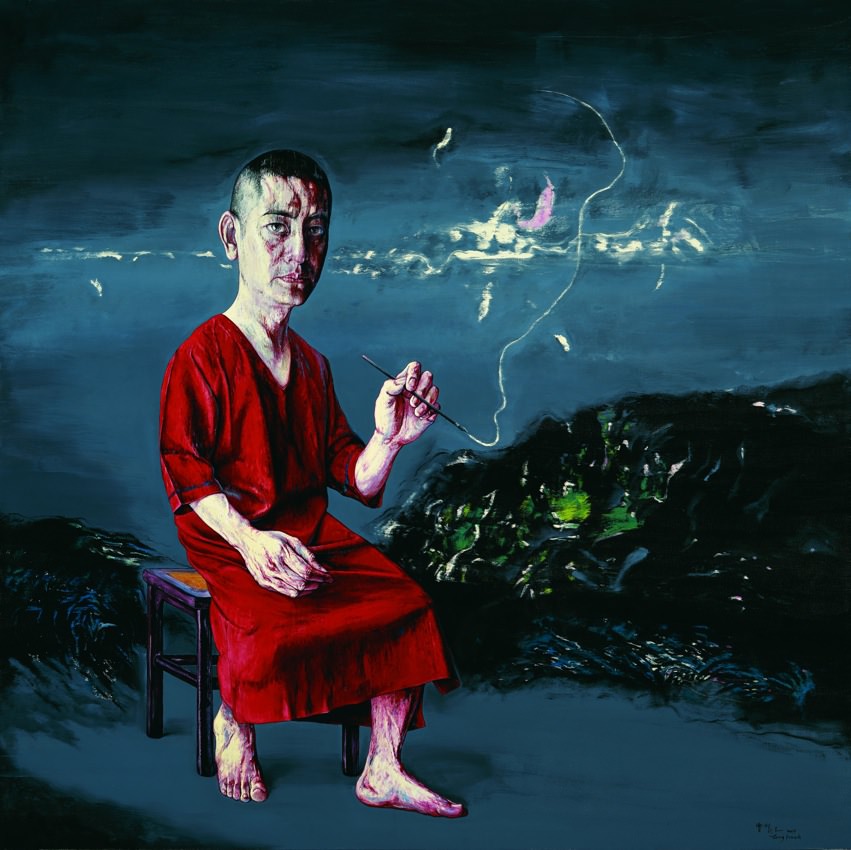 © Zeng Fanzhi studio
© Zeng Fanzhi studio
The exhibition and its fabulous bilingual French-English catalogue are a valuable contribution to an emerging interest in contemporary Asian art. Another excellent book that serves as a dazzling introduction to the world of Chinese art is Richard Vine’s revised and expanded book New China New Art (Prestel).
The exhibition will be on view through February 16, 2014.
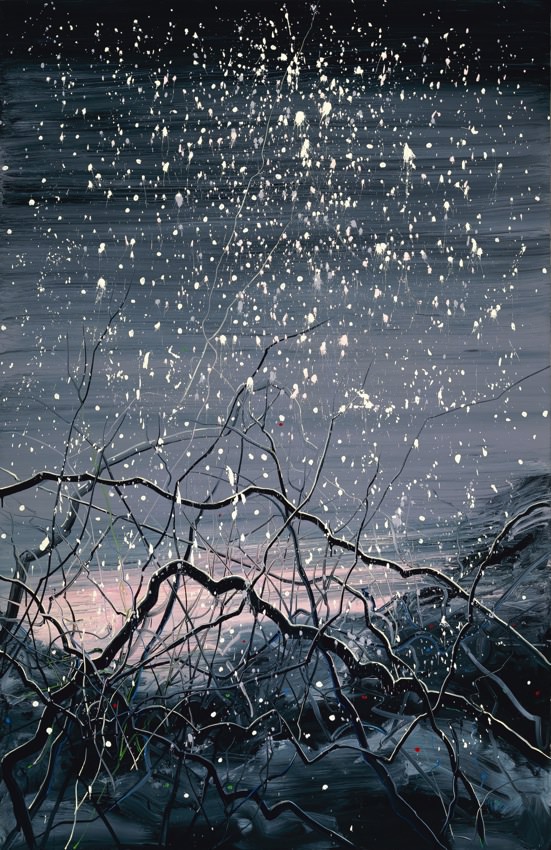 Zeng Fanzhi
Zeng Fanzhi





